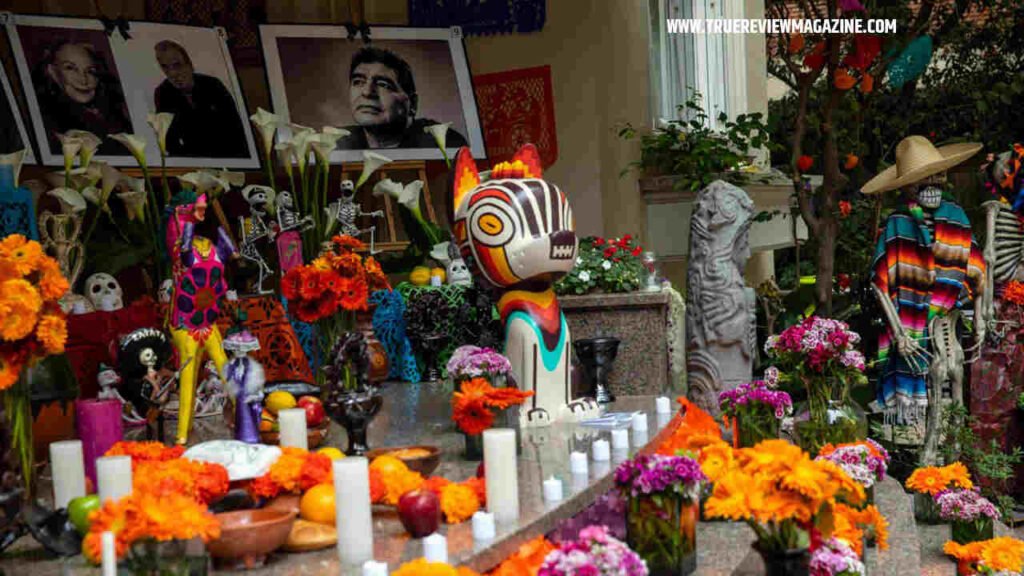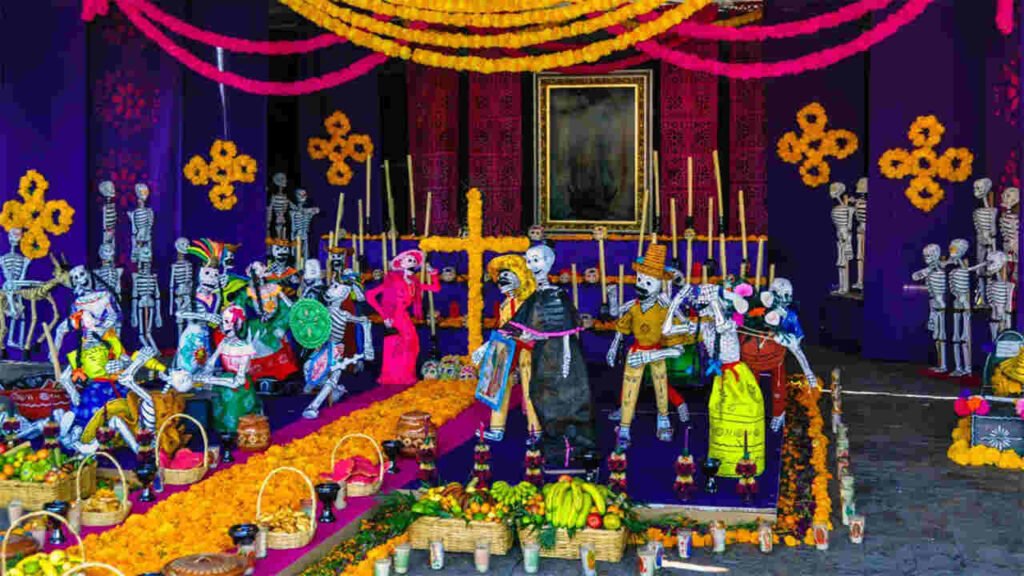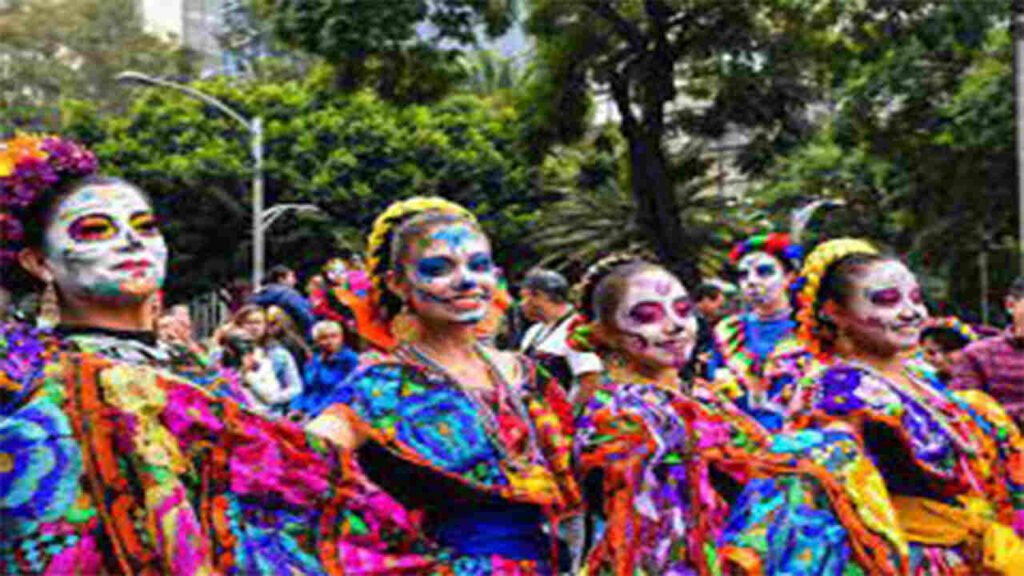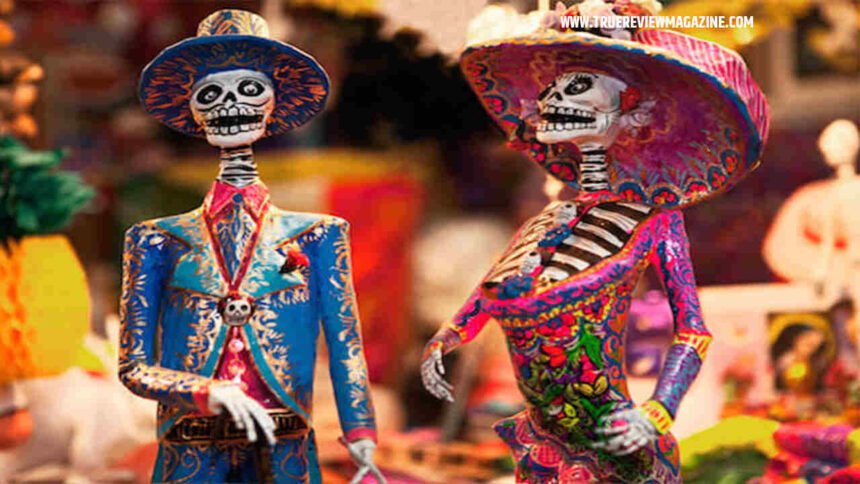The Day of the Dead in Mexico is a celebration that stimulates all the senses. It is marked by the delightful aroma of cempasuchil flowers and the fragrant copal incense, creating a sweet olfactory experience. The environment is a rich tapestry of sounds and vibrant colors. Altars are thoughtfully adorned with photographs, candles, and music, meticulously crafted to pay homage to ancestors.
This tradition, deeply rooted in pre-Hispanic cultures, offers a multisensory experience that can be appreciated by individuals regardless of sensory impairments. It serves as a means to honor loved ones and establish a meaningful connection with the past.
Cempasúchil flowers, also known as marigolds, and the scent of burning copal resin play a pivotal role in guiding the souls of the departed from the underworld to the realm of the living. The distinctive aroma of cempasúchil is so potent that it practically announces its presence when disturbed.

In the Xochimilco borough of Mexico City, where traditional cempasúchil fields flourish, these vibrant flowers are cultivated from both naturally fragrant seeds and genetically modified varieties. They stand as symbols of the tireless dedication and Mexican pride of those who tend to them.
Food is a central element of the traditional altars, symbolizing the abundance of Mother Earth. Even the sweet bread, flavored with orange blossom, has intriguing historical origins, with some accounts suggesting it was prepared with honey and human blood in ancient rituals. Others believe that Spanish colonizers introduced red-dyed, sugar-coated bread as a symbolic representation of a heart, a response to indigenous practices.
Today, altars are graced with the deceased’s favorite foods and drinks, establishing a profound connection between the living and the departed. It is the spiritual essence of the offerings, rather than their physical consumption, that holds significance, as it is believed that the departed partake in this essence.

The preparation of altars brings immense pleasure to many Mexicans, who relish the tactile qualities of the flowers and the various textures of the elements. The inclusion of diverse handicrafts, such as papier-mâché skeletons and alebrijes, adds a distinctive touch to the altars. “Papel Picado,” the intricate, hand-cut colored paper, is a vital component symbolizing the harmony between life and death.
While older generations remember the Day of the Dead characterized by the hushed prayers, contemporary celebrations often feature lively mariachi music at cemeteries. This music resonates with those who bring professional musicians and those who simply play their favorite melodies to honor their loved ones.
The Day of the Dead is an awe-inspiring visual spectacle that embodies cultural syncretism. It serves as both a collective and individual remembrance of the departed. Some altars transcend personal remembrance to address broader societal and political issues. Regardless of the form it takes, the Day of the Dead is a profound way to connect with the past and pay homage to the memory of those who have departed.

All in all
The blog discusses the Day of the Dead celebration in Mexico, emphasizing its multi-sensory experience. It highlights the significance of cempasuchil flowers and copal incense, as well as the use of sweet bread and colorful altars to honor loved ones. The blog also touches on the cultural and historical aspects of the tradition, including the importance of papel picado and mariachi music. It concludes by emphasizing the role of the Day of the Dead in connecting with the past and preserving the memory of those who have passed away.
Click here: https://truereviewmagazine.com/










